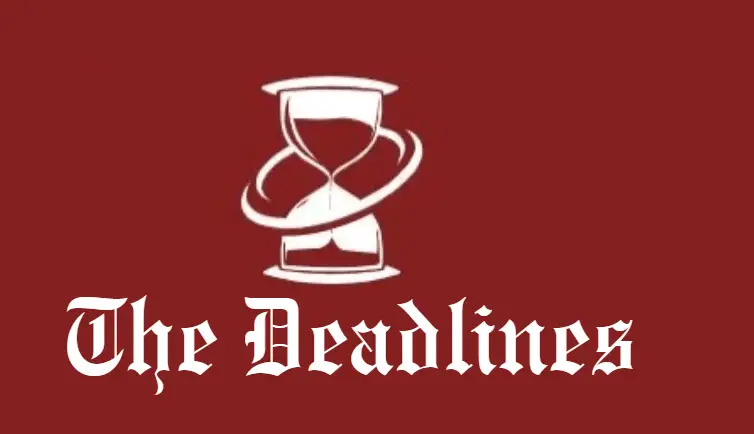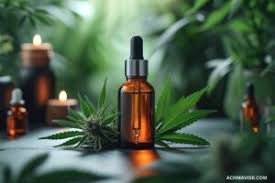Pharmacy practice requires extreme precision, especially when it comes to calculating doses and administering medications. One of the most crucial aspects of this practice is mastering unit conversions, particularly between milliliters (mL) and ounces (oz). These conversions form the backbone of accurate medication dispensing, whether for oral liquids, intravenous solutions, or topical formulations. This is why the NAPLEX (North American Pharmacist Licensure Examination) emphasizes proficiency in these calculations, testing not only your ability to convert but also your judgment on when and how to round effectively.
In this comprehensive guide, we will delve deeply into the nuances of converting milliliters to ounces, especially in the context of the NAPLEX 30. We will explore why rounding is so important, practical tips on handling tricky conversions, and common pitfalls to avoid. By the end of this article, you will have a complete understanding of how to master these calculations for both exam preparation and real-world pharmacy practice.
Table of Contents
ToggleWhy Is Rounding mL in an Oz Important for the NAPLEX?
Precision is the cornerstone of healthcare, and small errors can lead to significant consequences, particularly when it comes to dosing. Pharmacists are often responsible for converting units to ensure that the correct dosage is administered, especially when medications are prescribed in different forms.
For example, a pediatric dose of a liquid medication might be written in milliliters, but the parent or caregiver only has access to a measuring cup marked in ounces. As a pharmacist, your role is to ensure that the conversion from milliliters to ounces is accurate and appropriately rounded to avoid either underdosing or overdosing the patient.
The NAPLEX recognizes the critical nature of these conversions and tests candidates’ abilities to not only convert between units but also to apply the correct rounding techniques in various clinical scenarios. The “30” in NAPLEX 30 refers to questions that focus on complex pharmaceutical calculations, including conversions of mL to oz, and how to apply rounding rules appropriately.
Understanding the Basics: mL to Ounces Conversion Formula
Before we dive into the specifics of rounding, it’s essential to have a solid understanding of the basic conversion formula between milliliters and ounces. The exact conversion factor is:
1 ounce = 29.5735 milliliters
While this number might seem intimidating, it is critical to remember when working with precise medications, especially for patients with unique dosage needs, such as infants, elderly patients, or those on high-potency drugs. However, in many cases, pharmacists will round this number to 30 mL = 1 oz for quicker, rough conversions in everyday practice, when high precision isn’t required.
When to Use Exact Conversions vs. Approximations
The decision to use the exact conversion (29.5735 mL) or an approximation (30 mL) depends on the situation:
- Use the exact conversion for critical doses: When accuracy is crucial, such as with potent medications or small doses (e.g., pediatric or chemotherapy drugs), always rely on the exact conversion.
- Use approximations for general estimations: For less critical measurements, such as converting larger volumes in less sensitive medications, rounding 30 mL to 1 oz can save time and reduce complexity.
This leads us to the next critical aspect—how to properly round your calculations.
Rounding Rules: When Precision Matters
Rounding is often viewed as a simple task, but in pharmacy, small errors in rounding can have substantial consequences. The general rule of thumb is:
- Round up if the number is halfway or more to the next whole number.
- Round down if the number is less than halfway.
Let’s look at this through an example. Suppose you are converting 88 mL to ounces. Using the exact conversion factor:
88÷29.5735=2.975oz88 \div 29.5735 = 2.975 oz88÷29.5735=2.975oz
- To the nearest whole number, 2.975 oz rounds to 3 oz.
- To the nearest tenth, it rounds to 3.0 oz.
These rules are not just arbitrary guidelines—they help ensure that the patient receives the safest, most effective dose possible.
Key Rounding Guidelines for Pharmacists
Here are a few best practices to follow when rounding:
- Always round at the final step: Perform all calculations with the exact conversion factor (e.g., 29.5735 mL/oz) and only apply rounding at the end. This avoids cumulative rounding errors that can lead to significant deviations.
- Round based on the clinical context: When converting between units, ensure that you round in a way that prioritizes patient safety. In most clinical settings, rounding to the nearest tenth (e.g., 3.0 oz) is acceptable, but for very sensitive doses, you may need to round to the hundredth.
- Apply rounding conservatively with high-potency medications: Especially in pediatrics or chemotherapy, even slight deviations can lead to under- or over-dosing. In such cases, avoid rounding whenever possible.
Real-World Application: A Dosage Calculation Example
Let’s work through a real-world dosage problem that could appear on the NAPLEX 30 exam or in practice.
Scenario: A prescription requires you to administer 120 mL of a medication, but the patient only has a measuring cup marked in ounces. Convert the prescribed amount to ounces and apply appropriate rounding.
Using the exact conversion:
120÷29.5735=4.06oz120 \div 29.5735 = 4.06 oz120÷29.5735=4.06oz
If rounding to the nearest whole number, this would round to 4 oz. However, since the difference between 4.06 and 4 oz is significant enough for certain medications, you would likely round to the nearest tenth:
4.06≈4.1oz4.06 \approx 4.1 oz4.06≈4.1oz
In clinical practice, this distinction can make a meaningful difference in patient outcomes.
Final Thoughts
Unit conversions, especially between milliliters and ounces, may seem like a straightforward task at first glance. However, when it comes to the field of pharmacy, even small mistakes can have significant consequences. The NAPLEX 30 emphasizes this by testing not only your ability to convert between units but also your skill in rounding and applying these conversions correctly in real-life scenarios. Whether you’re administering a pediatric dose or calculating an IV solution, mastering the art of Rounding mL in an Oz NAPLEX 30 is crucial to ensuring patient safety and accurate dosing.
In pharmacy, precision isn’t just a theoretical exercise—it has real-world implications. Underdosing could mean a treatment is ineffective, while overdosing could cause harm, particularly in sensitive populations such as children or the elderly. Therefore, understanding when to use approximations versus exact conversions, how to round numbers properly, and maintaining accuracy through every step of the calculation process are skills that will serve you well in both the NAPLEX and your pharmacy career.
Read More: Newcologia Roosevelt Avenue Queens New York: A Beacon of Sustainability and Community Engagement




